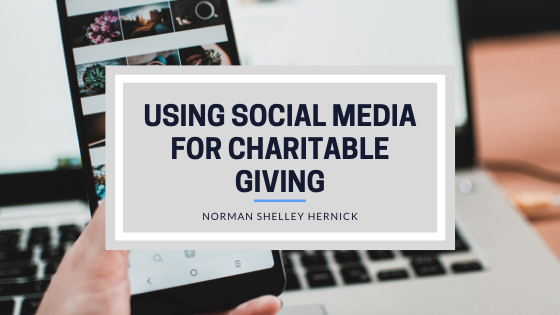Thanks to the Internet, nonprofits have new tools at their disposal to raise funds and inform the world of their mission. Social media, in particular, offers several options for organizations, especially if they’re creative.
While funding is critical to nonprofits, so are people, and social media can help with that. First, organizations may be able to recruit volunteers or even investors via social media. Secondly, when advertising on social networks, these organizations can select the exact target audience they want to connect with based on various criteria. It’s not just advertising that offers a lot of options, either.
There are more crowdfunding tools available than ever. Whether a business is trying to develop a specific product or a nonprofit needs more funding to continue to operate and provide services that may be vital to the community it serves. Organizations shouldn’t be afraid of hosting multiple fundraising events per year, either. However, it’s crucial to capitalize on the right seasons or holidays. Social media gives these nonprofits a chance to explain exactly what funds or donated goods will be used for, such as food or help with utilities, which may encourage more people to give. Similarly, organizations can use social media to generate buzz and invite people to in-person fundraising events.
Not only can nonprofits get more traffic to their fundraiser and raise awareness about what their organizations, thanks to content on social media, but users may be able to donate to fundraisers directly from social media. Consider how Facebook allows organizations to host fundraisers directly. With a few taps in their app or clicks on their computers, users can donate as much or little as they want. Because those fundraisers show how much money has been raised, it may even encourage more users to donate.
Whether a nonprofit uses social media simply to spread the word about its fundraisers or to host them, the analytics provided by social media can become invaluable. This data shows which posts get the most interaction, which links are shared the most, and which social networks the most active supporters use. Nonprofits can use this information to promote the avenues that have the greatest return on investment and adjust their tactics that have not been as successful.

